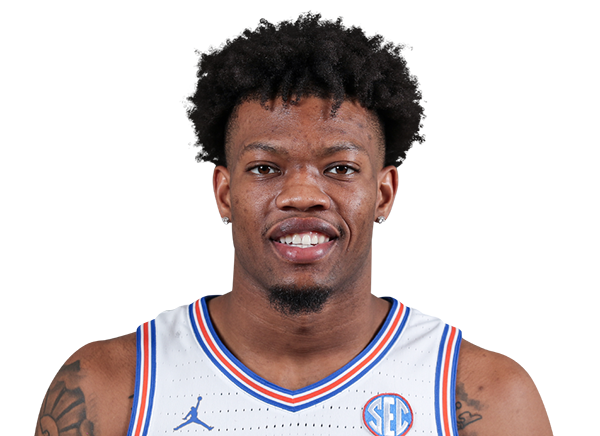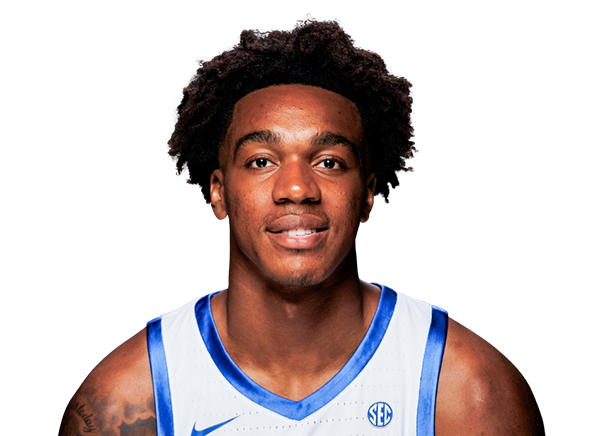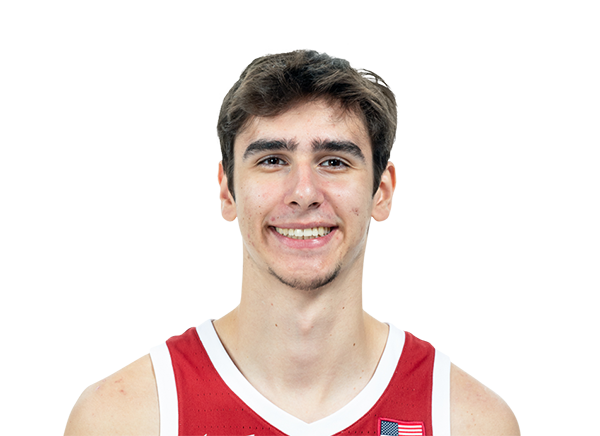Alijah Martin - NBA Draft Analysis
In-depth analysis by ReverseEnigma

AM
45
Projected NBA Role
Explosive combo guard with elite vertical pop, point-of-attack defense, and solid catch-and-shoot ability, but needs to improve off-ball focus and handle consistency to stick in a rotation
Swing Skill
Handle Tightening: improving ball control and pacing will help him beat closeouts more cleanly and limit turnovers;
Off-Ball Defensive Focus: must stay locked in on cutters, tags, and rotations to avoid giving up easy breakdowns;
Shooting Consistency: refining his footwork and shot prep under pressure is crucial for surviving NBA-level closeouts;
Playmaking Versatility: adding more advanced reads off drives would increase his utility as a secondary creator
NBA Player Comparisons
Derrick Jones Jr. (in a smaller guard frame-a vertical weapon who thrives in transition and makes defensive plays at the point of attack, with scalable offensive value if the shot holds)
Jevon Carter (ferocious point-of-attack guard who provides reliable catch-and-shoot value and defensive energy in compact minutes)
David Nwaba (athletic defender with slashing value and low-usage offensive profile, but limited halfcourt versatility)
Background
Alijah Martin
Position: Combo Guard / Small Wing
Height: 6' 2"
Weight: 210 lbs
Wingspan: 6' 8"
Age: 23
Team: Florida
Full Analysis
Offense
Alijah Martin’s game begins with uncommon explosiveness for his size. A regular above‑the‑rim finisher, he converted over two‑thirds of his half‑court shots at the basket and threw down twenty‑six dunks this season, production more typical of a rangy wing than a 6‑foot‑2 guard. His straight‑line acceleration and sturdy frame let him knife through tight gaps, while his second‑jump quickness fuels a nose for put‑backs and guardsized offensive boards. As a shooter he is serviceable rather than automatic, posting a career mark of roughly thirty‑six percent from three and demonstrating particular comfort on catch‑and‑shoot attempts when defenders are forced to respect his drive. Off the bounce he can rise into step‑backs with surprising elevation, but the percentages dip and shot selection wavers if he is pressed into late‑clock creation. Martin’s handle is functional; he changes pace well enough to beat a close‑out, yet he is not a natural advantage generator and rarely manipulates help rotations. Playmaking flashes emerged after transferring from Florida Atlantic to the Gators, where an uptick in dribble‑handoff and pick‑and‑roll touches produced a positive assist‑to‑turnover ratio for the first time. Still, his vision remains basic: quick kick‑outs and simple lobs rather than layered, skip‑heavy reads. In an NBA spacing context his immediate offensive value projects as a violent rim runner in transition, a dependable corner spacer, and a decisive straight‑line slasher who can punish scrambling defenses.
Defense
Martin’s defensive appeal lies in his blend of power, length, and relentlessness. He willingly picks up ninety‑four feet, fights over screens, and uses a compact base to absorb contact without yielding angles. That ferocity translated to one of the nation’s stingiest point‑of‑attack profiles, with Synergy tracking him in the top tier against pick‑and‑roll ball‑handlers. His 6' 8" wingspan supplies disruptive range for digs and swipe‑downs, helping him finish the year with more combined steals and blocks than personal fouls, a rarity for guards who shoulder tough assignments. Off the ball, however, his concentration drifts. He loses track of cutters, ball‑watches on weak‑side exchanges, and can be slow to tag rollers, negating some of the havoc he creates on initial actions. Size is a ceiling consideration; taller wings can simply rise and shoot if they find a sliver of daylight, forcing coaches to decide whether Martin plays the one or functions as an undersized two. Nevertheless, his willingness to rebound in traffic, his low foul rate, and his aptitude for crowd‑pleasing run‑outs off turnovers give him a clear defensive pathway if the focus sharpens.
Looking Ahead
Martin turns twenty‑four during his rookie campaign, so franchise decision‑makers must weigh a shorter developmental runway against plug‑and‑play competitiveness. His archetype, low‑usage finisher who guards the point‑of‑attack and hits open threes, has carved out staying power in recent years, provided the jumper stabilizes near the high‑thirty‑percent range. To secure a rotation role, he must tighten the handle just enough to slash without turnovers, eliminate off‑ball lapses that erode coaching trust, and prove that his catch‑and‑shoot stroke can survive NBA close‑outs. If those incremental gains arrive, Martin profiles as a change‑of‑pace energy guard capable of guarding positions one through three in spurts, swinging momentum with transition punches, and scaling up or down beside on‑ball stars. Should the shot stagnate or the defensive focus wane, his margin narrows quickly, but his athletic pop, competitive edge, and winning resume, Final Four at FAU, national title run at Florida, offer a sturdy baseline for a second‑round investment or priority two‑way contract.



